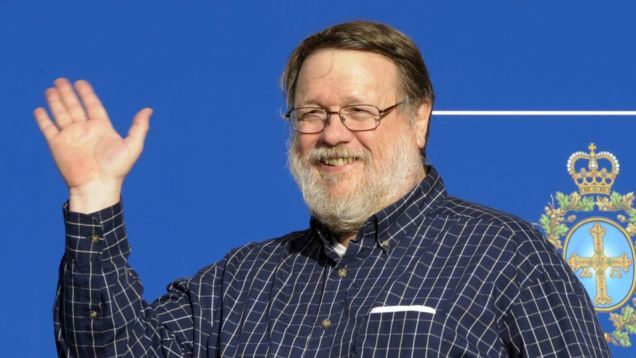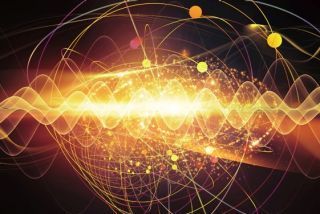http://akwacell.de/



A team of programmers has built a self-generating cosmos, and even they don’t know what’s hiding in its vast reaches.
Every particle in the universe is accounted for. The precise shape and position of every blade of grass on every planet has been calculated. Every snowflake and every raindrop has been numbered. On the screen before us, mountains rise sharply and erode into gently rolling hills, before finally subsiding into desert. Millions of years pass in an instant.
Here, in a dim room half an hour south of London, a tribe of programmers sit bowed at their computers, creating a vast digital cosmos. Or rather, through the science of procedural generation, they are making a program that allows a universe to create itself.



More urgency placed on making Microfluidics/ embedded H2O droplets for cooling microchips so that the emergence of high performing microchips coming in the future.
DARPA and Lockheed Martin have a plan to build microfluidic cooling into modern microprocessors. This could dramatically improve CPU cooling and break the bottleneck on clock speed scaling — at least, for a little while.

More news from DARPA’s Electrical Rx efforts along with GSK’s own advancement.
In the future, doctors won’t treat diseases with drugs. Instead, they’ll use tiny implantable devices that communicate with our body’s electrical language.

Thanks to a small group of Silicon Valley’s satellite startups, we may never look at our planet again the same way.

Unbelievable
Prosecutors wrote Cheng Le “appears to have been motivated principally by greed and to have been prepared to embrace the ‘risk free’ murder of countless unnamed victims.”

Ray Tomlinson, widely credited as the inventor of email, died this past weekend. He was 74.
By all accounts, Tomlinson was a brilliant man. And he’s being mourned around the world as the person who brought us the @ in our inboxes. The format novak@gizmodo didn’t just invent itself. Tomlinson did that. But the fascinating secret history of email was that the US Defense Department was initially angry that Tomlinson helped create it.
“It wasn’t an assignment at all, he was just fooling around; he was looking for something to do with ARPANET,” Raytheon spokeswoman Joyce Kuzman said in a statement about Tomlinson’s death.

In simple terms.
When Thomas Edison first passed an electric current through a filament in vacuum to produce light, he could not have imagined the global revolution he was to unleash. Physicists at Sydney Uni’s new Nanoscience Hub feel the same about the coming quantum revolution.